Cell-type-specific modulation of feedback inhibition by serotonin in the hippocampus
- PMID: 21653851
- PMCID: PMC6623328
- DOI: 10.1523/JNEUROSCI.6382-10.2011
Cell-type-specific modulation of feedback inhibition by serotonin in the hippocampus
Abstract
Midbrain raphe nuclei provide strong serotonergic projections to the hippocampus, in which serotonin (5-HT) exerts differential effects mediated by multiple 5-HT receptor subtypes. The functional relevance of this diversity of information processing is poorly understood. Here we show that serotonin via 5-HT(1B) heteroreceptors substantially reduces synaptic excitation of cholecystokinin-expressing interneurons in area CA1 of the rat hippocampus, in contrast to parvalbumin-expressing basket cells. The reduction is input specific, affecting only glutamatergic synaptic transmission originating from CA1 pyramidal cells. As a result, serotonin selectively decreases feedback inhibition via 5-HT(1B) receptor activation and subsequently increases the integration time window for spike generation in CA1 pyramidal cells. Our data imply an important role for serotonergic modulation of GABAergic action in subcortical control of hippocampal output.
Figures
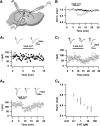

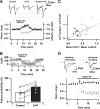


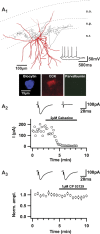
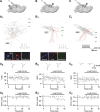
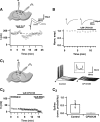
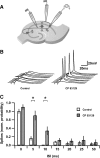
References
-
- Barnes NM, Sharp T. A review of central 5-HT receptors and their function. Neuropharmacology. 1999;38:1083–1152. - PubMed
-
- Bendels MH, Beed P, Leibold C, Schmitz D, Johenning FW. A novel control software that improves the experimental workflow of scanning photostimulation experiments. J Neurosci Methods. 2008;175:44–57. - PubMed
-
- Boeijinga PH, Boddeke HW. Activation of 5-HT1B receptors suppresses low but not high frequency synaptic transmission in the rat subicular cortex in vitro. Brain Res. 1996;721:59–65. - PubMed
Publication types
MeSH terms
Substances
Grants and funding
LinkOut - more resources
Full Text Sources
Research Materials
Miscellaneous
